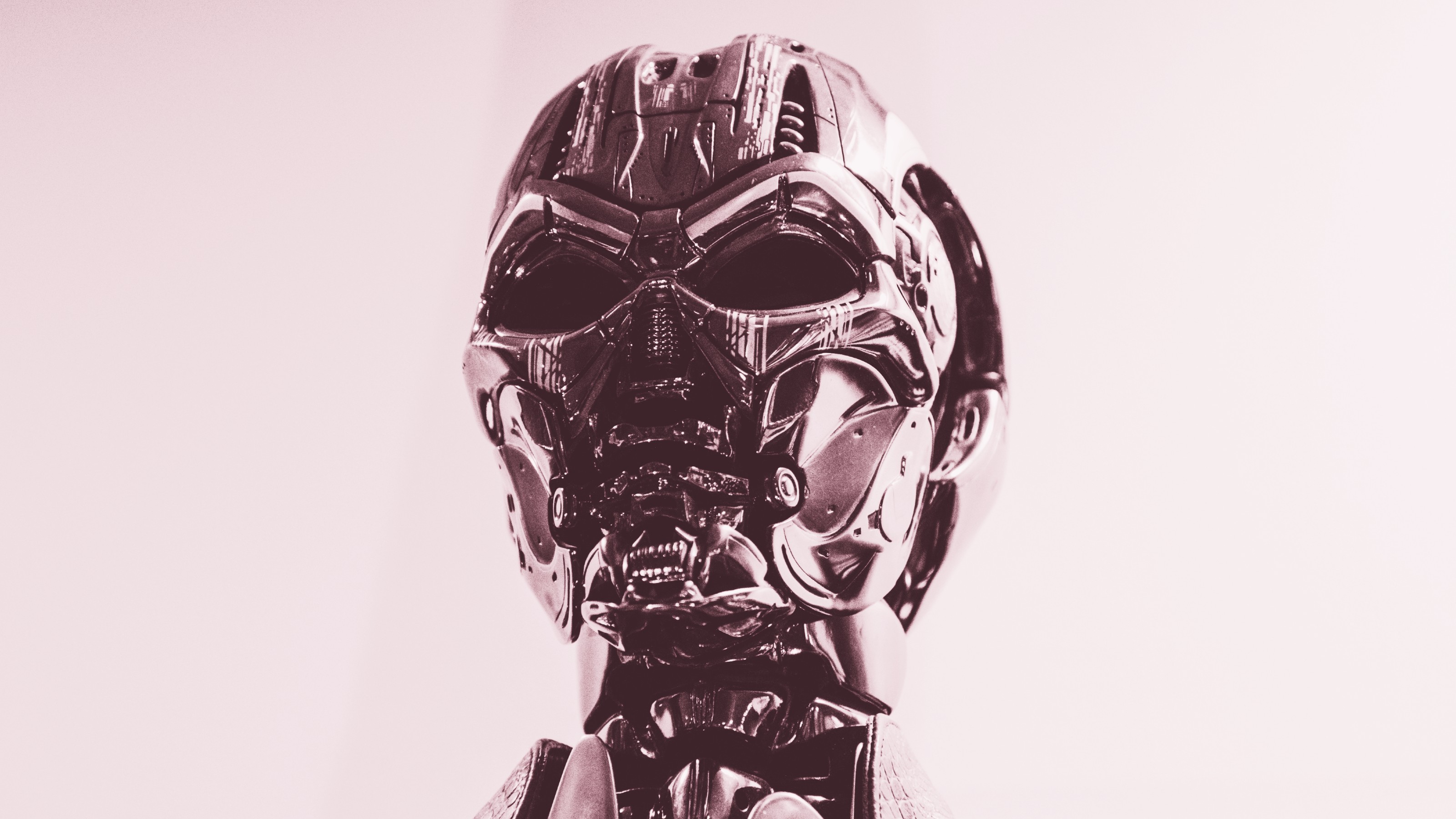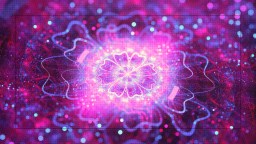MICHELLE THALLER: Rick, you have noticed one of the most wonderful and consistent patterns in the whole universe. The universe is very good at making spinning discs. Our solar system is a disc, and all the planets go around in basically the same plane, and they all go around in the same direction. Why should that be?
There are discs all over the place. I mean, think about the rings of Saturn. The rings of Saturn are also very, very thin, and they all go around in the same direction. Galaxies, spiral galaxies are one big disc with everything moving around a common center. Discs seem to be something that the universe likes to make. And, in fact, that really is true. And it has to do with a number of things. It has to do with the force of gravity and something called the conservation of angular momentum.
Now, gravity is very good at bringing stuff together and bringing it together so it becomes denser and denser and begins to fall into the center. Our solar system formed out of a giant cloud of dust and gas about 4 and 1/2 billion years ago. It was actually many trillions of miles across at first, but it had to get much smaller in order for the densities to get high enough and the temperatures also to get warm enough inside to give birth to the Sun, actually ignite a star. So you have this collapsing cloud of dust.
OK, well, you can sort of understand that gravity wants to bring all that together, but why does it start to spin up? There's something called the conservation of angular momentum. And that basically says that if anything has any spin at all, even just a little bit of motion, as gravity brings it together and makes it smaller, that spin is accelerated; it's sped up. And probably the example most people know best of all – you can actually feel this if you want to do this – but an ice skater. If you've seen an ice skater do a spin, usually what they do is that they have their arms outstretched, and they're spinning around relatively slowly. And then they bring their arms in, and they spin faster and faster. It's kind of amazing that any person can keep their balance when they do that. That is an application of the conservation of angular momentum. You have an extended body, your arms are out, and you're spinning slowly. In order to conserve the energy in that spin, as that body becomes smaller, the spin goes faster and faster. And so what happens in these clouds is that a cloud usually has just a tiny little bit of a drift velocity. It's going around the galaxy or maybe a nearby star exploded, and it's kind of all moving in one direction. The cloud itself has a little bit of velocity as a cloud, as a whole. Particles inside that cloud could be going any which way.
But as the cloud begins to come together under gravity, any little bit of spin gets accelerated, actually becomes faster. And so as the cloud collapses, any little directional drift becomes a spin, and the cloud itself begins to spin around. OK, so that gets you a spinning cloud. Why does it collapse down into a disc? And this is an interesting bit of physics that has to do with things like collisions. In the case of a very large cloud that's forming a star, it might not even be that things are colliding directly, but gravitationally they're influencing them as you go by. As you go by different parts of mass, they tug on each other with their gravity. So this whole cloud is spinning, and things begin to interact gravitationally. They begin to collide with each other. The particles have motion in every direction. Some are going up, and some are going down. And as they start to hit each other, that's kind of balanced out; that up and down is sort of canceled out, but everything has the same motion as the cloud is spinning. So that's basically the only thing that's left over at the end. Everything gets canceled out as all these things collide and interact, but the spin of the cloud is still there. And so over time, you collapse down into a disc. So the only reason you make discs is because of this law of conservation of angular momentum, and the idea of gravity brings things together. Have those two things working side-by-side, and you get a disc. And that's why our solar system formed that way. The planets then formed out of that spinning disc of gas. So it makes sense that they're all going in the same direction. They all formed out of the gas going around the Sun in that way.






